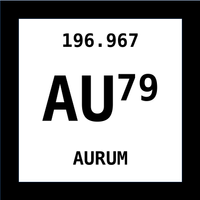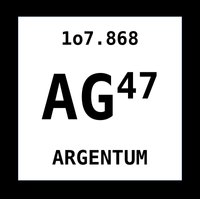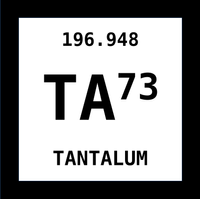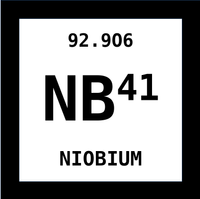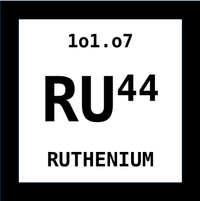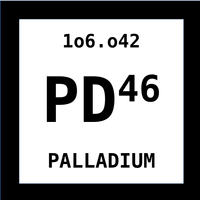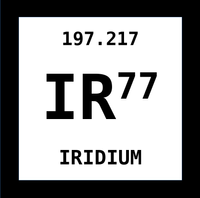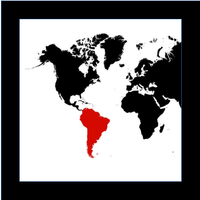WHITE TECHNOLOGIES
KNOWLEDGE-BASED BIOECONOMY
Industrial biotechnology is a driver of innovation in the transition from a petroleum-based industry to a knowledge-based bioeconomy. Challenges such as global population growth, climate change & increasing resource shortages have prompted society, policymakers & the business world to reassess the existing paradigm & move towards a sustainable bioeconomy.
BIOLOGIZATION
The term refers to the gradual biologization of industrial processes, products & sectors – based on scientific & engineeringknowledge – in order to achieve progress in environmental protection,greater product & supply security for consumers, improved raw material efficiency & the establishment of the principles of a circular economy in the value chain.
PRECIOUS METALS
Precious metals such as gold, silver, platinum or palladium are in greater demand than ever because they are required for many high-tech applications. However, the ore yields are falling. In addition, ore mining pollutes the environment. The recovery of installed precious metals from waste, e.g. from electronic scrap, is therefore becoming more important.
NATURALLY BETTER
The natural protagonists in this process are microorganisms: The identified and optimized microorganisms act on the secondary raw materials and extract precious metals with a yield of up to 100% - depending on the starting material and the type of metal.
BIOBASED METAL EXTRACTION
The biologization of procedures and production systems that have traditionally been the domain of chemistry is of fundamental importance for the transition towards a bioeconomy. This transformation harbors huge potential for a sustainable industrial growth cycle and opens up new opportunities for meeting current-day challenges such as climate change, resource bottlenecks, environ-mental damage, and the impairment of human health.
THE NOTION OF CIRCULAR ECONOMY
For these reasons, the notion of a circular economy is gaining momentum. The economic growth that followed the two World Wars in the 20th century was marked by rapidly rising consumption of raw materials and fossil fuels, powered by continuously increasing resource extraction efficiency through technology advancement. Global raw material extraction grew by a factor of eight throughout the 20th century, from 8 to 68 billion metric tons per year, while the global economic output grew three times as fast by a factor of 24.
A SUSTAINABLE FUTURE
In the same period, global population grew by a factor of four. This means the 20th century annual per capita raw material requirements doubled from five to just below ten tons. These figures and changes alone show that optimizing resource efficiency is indispensable for a sustainable future.
20 CRITICAL RAM MATERIALS
Unless appropriate steps are taken, the European Union expects some first supply bottlenecks for a total of 20 critical raw materials, the annual demand of which is forecast to grow by a rate 2–8%. The lion’s share of these critical raw materials consists of technology metals, including all of the light and heavy rare earth elements.
THE GLOBAL OVERSHOOT
In accordance with these findings, the United Nations Environment Programme (UNEP) assumes that all of the 14 critical raw materials required to manufacture high-tech products such as smartphones or electric vehicles would be used up by 2050 if everybody on this planet consumed as many raw materials as Europeans. This is what the UNEP calls a Global Overshoot, meaning the current human way of living and working will lead to a depletion of the natural resource base on our planet and will finally exceed the Earth’s capacity to support life.
SECONDARY RESOURCES
This is why waste streams are considered significant secondary resources for the extraction of valuable materials. Year after year, EU citizens pile up some 2.5 billion tons of municipal, domestic, and industrial waste. In Germany alone, the net waste generation amounts to an annual 350 million tons, 55–60% of which is construction, demolition, or excavation material streams. In a circular economy, urban mining experts are particularly interested in valuable and durable waste materials, including both volume and technology metals, which are in principle endlessly recyclable.
RECYCLING HETEROGENEOUS WASTE STREAMS
Raw material recovery depends on the quality of the material streams, among other things. Globally, 90% of the gold found in jewellery and industrial systems are recycled. When it comes to electric devices or mobile phones, the recycling rate is as low as 10–15%. The more heterogeneous waste streams are, the more complex downstream recovery of the reusable materials hidden in them becomes. This is why the current focus in waste recycling is on homogeneous material streams and reusable materials with established recycling procedures. Waste incineration ashes are of particularinterest here as are metallurgic slags or dusts as well as electronic waste.
RESOURCE-RECOVERY & CIRCULAR ECONPMY
Safe, novel and highly efficient procedures that help overcome the technological, economical, and ecological barriers that current resource-recovery processes face are essential for the success of modern-day circular economy systems. Biotechnology helps open up new and promising avenues.
URBAN MINING
Commonly used urban mining procedures are currently based on processing techniques developed by the mining and metalworking industries, which have been continuously optimized over the past few decades. These include, first and foremost, pyrometallurgical recovery methods, as well as mechanical crushing, fragmentation, and sorting. However, being thermal procedures—either with or without added oxygen—they are extremely energy-intensive and thus come with the burden of a massive carbon dioxide footprint.
THE MINING INDUSTRY
The mining industry consumes roughly 7% of the globally produced energy. Due to heterogeneous material streams, urban mining frequently requires an upstream concentration of the reusable materials for an appropriate yield. In the medium-term, that situation may be improved by bringing together (or pooling) currently isolated waste streams with similar contents of reusable materials.
HYDROMETALLURGICAL PROCEDURES
Moreover, hydrometallurgical procedures using water and mostly aggressive reaction fluids are also regularly employed to first extract the desired metals from the material streams so they can later be recovered from the liquid phase. These separation procedures often work at ambient temperature without over-pressure and are based on the material-specific solubility and different wettability characteristics of the metallic elements and their compounds.
GOLD & TOXIC CHEMICALS
In mining, the hydrometallurgical extraction of gold from ores is the technology of choice. Almost 80% of all gold ore is processed using leaching technologies in combination with toxic chemicals.

